The ancient world was home to some of the most formidable predators ever to walk the Earth. Among these prehistoric giants, certain dinosaurs developed remarkable speed capabilities that rival or even surpass today’s fastest land animals. Scientists have long debated the locomotion abilities of various dinosaur species, with some research suggesting certain theropods could achieve speeds of up to 40 miles per hour — potentially outpacing even the cheetah, today’s fastest land mammal. This fascinating possibility challenges our understanding of prehistoric life and offers intriguing insights into the evolutionary adaptations that allowed dinosaurs to dominate their ecosystems for millions of years.
The Speed Champion: Introducing Velociraptor

Despite popular culture’s portrayal in films like “Jurassic Park,” the true Velociraptor was quite different from its Hollywood depiction. Standing about 1.6 feet tall at the hip and measuring approximately 6.8 feet in length, this agile predator lived during the Late Cretaceous period about 75-71 million years ago. Fossil evidence from Mongolia and China has helped paleontologists reconstruct this dinosaur’s physical characteristics and capabilities. With its lightweight frame, long hindlimbs, and stiffened tail for balance, Velociraptor possessed the anatomical features consistent with a swift runner. However, modern scientific assessments suggest its top speed was likely closer to 24-25 mph — impressive, but not quite reaching the mythical 40 mph mark or surpassing the cheetah’s documented 70+ mph sprints.
The Real Speed Demon: Ornithomimus
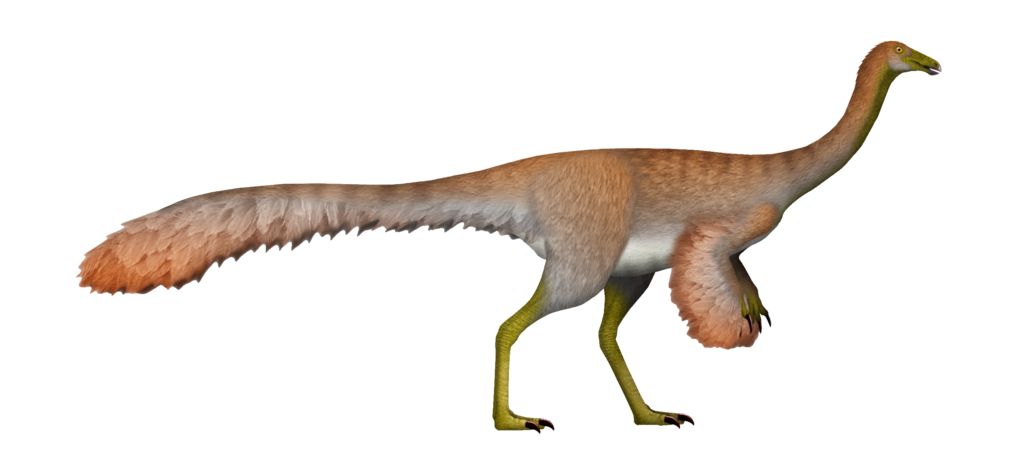
A more likely candidate for extraordinary dinosaur speed is Ornithomimus, whose name appropriately means “bird mimic.” This ostrich-like theropod possessed hollow bones, long slender legs, and a lightweight frame perfect for rapid movement. Living during the Late Cretaceous period approximately 76-65 million years ago in what is now North America, Ornithomimus measured about 12 feet in length and stood roughly 6 feet tall. Biomechanical studies of its leg proportions, joint structures, and muscle attachment sites suggest it was built for sustained high-speed running. Some paleontologists estimate it could reach speeds of 30-40 mph, making it potentially one of the fastest dinosaurs and approaching the cheetah’s short-burst capability, though likely with better endurance for longer chases.
The Science Behind Speed Calculations
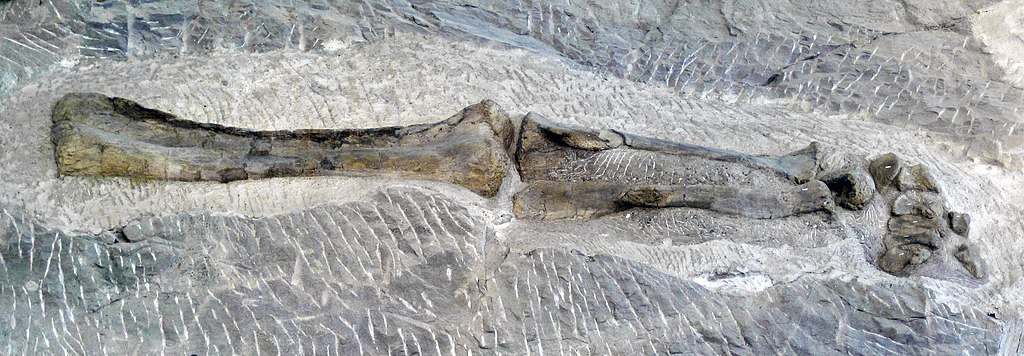
Determining how fast extinct animals moved presents significant scientific challenges. Researchers employ multiple approaches to estimate dinosaur speeds, including comparative anatomy, biomechanical modeling, and trackway analysis. By measuring leg bone proportions and comparing them to modern animals with known speeds, scientists can make educated assessments of locomotive capabilities. Additionally, computer simulations that account for muscle mass, joint flexibility, and center of gravity provide insights into theoretical maximum speeds. Perhaps most compelling are fossil trackways that preserve prehistoric footprints, allowing researchers to calculate stride length and frequency. These methods collectively suggest that while some dinosaurs were indeed remarkably fast, claims of 40+ mph capabilities should be approached with scientific caution and nuance.
Carnotaurus: Built for Velocity

Among the contenders for fastest dinosaur, Carnotaurus deserves special attention with its uniquely adapted body. This bull-like predator from Late Cretaceous Argentina (about 72-69.9 million years ago) stood out with its unusually muscular thighs and slender lower legs – proportions that parallel modern coursing animals built for speed. At approximately 25 feet long and weighing around 1-2 tons, Carnotaurus was relatively lightweight for its size. Particularly notable were its reduced forelimbs and reinforced tail, creating a body perfectly balanced for forward momentum. Recent research published in the journal Nature suggests Carnotaurus may have been capable of sustained running at 25-35 mph, with potential short bursts approaching the controversial 40 mph threshold, making it a serious competitor in the dinosaur speed rankings.
Gallimimus: The Ostrich Mimic
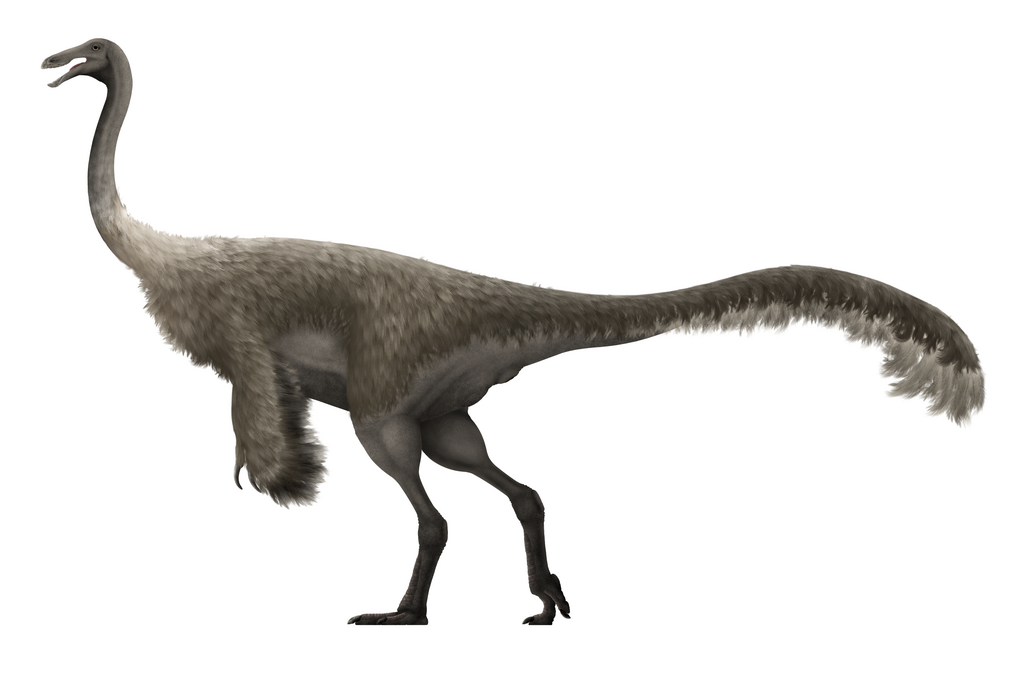
Gallimimus, whose name means “chicken mimic,” represents another strong candidate for extraordinary dinosaur speed. This Late Cretaceous ornithomimid roamed what is now Mongolia approximately 70 million years ago, reaching lengths of 20 feet and weights of around 440 pounds. With its hollow bones, elongated legs, and lightweight skull, Gallimimus shows remarkable convergent evolution with modern ratites like ostriches. Its feet featured three weight-bearing toes that would have provided excellent traction during high-speed running. Biomechanical analysis of its perfectly balanced frame, with a long tail counterbalancing its horizontal posture, suggests it was capable of speeds between 30-37 mph. This adaptation likely evolved to escape larger predators like Tarbosaurus in the open plains environments where Gallimimus lived.
Comparing Dinosaur Speed to Modern Animals

To truly appreciate dinosaur speed capabilities, we must compare them to today’s fastest animals. The cheetah currently holds the mammalian speed record at 70-75 mph in short bursts, while the pronghorn antelope can maintain 35 mph for miles. Ostriches, the fastest modern birds, can sprint at 45 mph and maintain 30 mph over distance. When properly analyzed, the fastest dinosaurs likely fell somewhere between these extremes. While no dinosaur could match the cheetah’s absolute top speed, the sustained running ability of dinosaurs like Ornithomimus or Gallimimus might have exceeded the cheetah’s brief sprint capacity. This comparison highlights the evolutionary trade-offs between absolute speed, endurance, and body size that shape locomotive adaptations across time.
The Anatomical Adaptations for Speed

The fastest dinosaurs shared several anatomical characteristics that facilitated their impressive speed. Lightweight, hollow bones reduced overall mass while maintaining structural integrity. Long, slender limbs with increased stride length allowed for covering more ground with each step. Specialized muscle attachments, particularly in the hindlimbs, provided powerful propulsion. Balance-enhancing features like stiffened tails helped maintain stability during rapid direction changes. Additionally, these speedsters typically had reduced forelimbs, allowing for more streamlined bodies and better weight distribution. Perhaps most importantly, their lower limbs showed cursorial adaptations – elongated metatarsals and reduced toes that essentially had them running on their tiptoes, maximizing the mechanical advantage of each stride and propelling them forward with exceptional efficiency.
Tyrannosaurus Rex: Fast or Slow?

Perhaps no dinosaur’s speed capabilities have been more hotly debated than those of Tyrannosaurus rex. Early depictions portrayed this iconic predator as a swift hunter capable of high-speed pursuits, but modern research has significantly revised this view. At a mature weight exceeding 9 tons, T. rex faced biomechanical constraints that limited its top speed. Computer modeling suggests that running above 12-17 mph would have created dangerous skeletal stress, potentially causing catastrophic leg fractures. However, even at these modest speeds, T. rex could still outpace many potential prey species and human runners. Younger, lighter T. rex individuals might have achieved somewhat higher speeds, illustrating how locomotive capabilities likely changed throughout life stages. This evolving understanding highlights how paleontological science continues to refine our picture of prehistoric life through increasingly sophisticated analytical methods.
The Role of Environment in Dinosaur Speed

The environments dinosaurs inhabited significantly influenced their locomotive adaptations, including speed capabilities. Open plains and arid regions favored the evolution of high-speed runners, as these terrains provided few hiding places and necessitated either superior speed or endurance for survival. Conversely, densely forested environments favored agility and maneuverability over raw speed. The changing global climate throughout the Mesozoic Era created shifting selective pressures, with some periods encouraging the evolution of faster species. Paleoenvironmental reconstruction through sedimentary analysis and fossil plant studies helps scientists understand these ancient ecosystems. For instance, the relatively open environments of Late Cretaceous Mongolia likely contributed to the evolution of exceptionally fast ornithomimids like Gallimimus, whose speed adaptations represented crucial survival advantages in those exposed landscapes.
Dinosaur Track Evidence: What Footprints Tell Us

Fossilized dinosaur tracks provide some of the most direct evidence for dinosaur locomotion and potential speed. Unlike skeletal remains, which require interpretation to determine movement capabilities, trackways preserve the actual motion patterns of living animals. In 2020, researchers studying theropod trackways in Spain measured stride lengths suggesting speeds of approximately 28 mph. Particularly valuable are sequential footprints showing acceleration or changes in direction, which reveal how dinosaurs managed their momentum. The spacing, depth, and orientation of footprints also indicate whether an animal was walking, jogging, or running at top speed. While extremely high-speed running tracks remain rare in the fossil record (possibly because such behavior was infrequent or occurred in environments less conducive to track preservation), the existing evidence generally supports moderate to high speeds for certain theropod dinosaurs.
Speed for Hunting vs. Speed for Escape
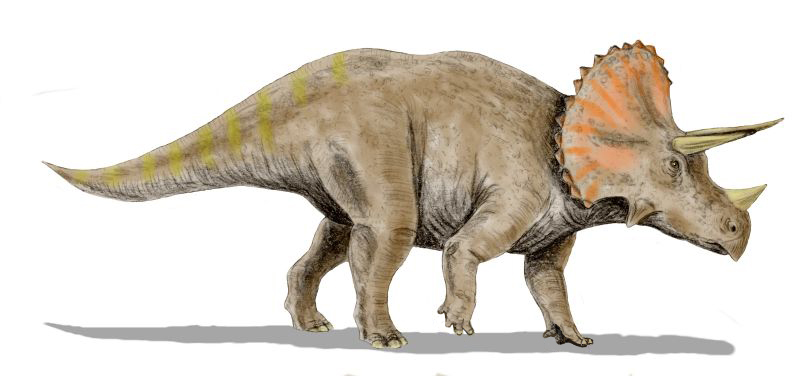
Evolutionary pressures for speed development differed significantly between predatory and prey dinosaurs. Carnivorous theropods evolved speed primarily for hunting, requiring short-burst acceleration and maneuverability to capture prey within a relatively brief chase window. This explains why many predators likely possessed impressive acceleration but potentially less endurance. Conversely, herbivorous dinosaurs typically evolved speed as an escape mechanism, often favoring sustained running ability over pure acceleration. This predator-prey dynamic created an evolutionary “arms race” where improvements in predator speed would select for faster prey, and vice versa. Some of the fastest dinosaurs, like Ornithomimus and Gallimimus, occupied interesting ecological niches as omnivores or selective feeders, potentially using their speed both offensively to catch small prey and defensively to escape larger predators, illustrating the complex ecological relationships that shaped dinosaur locomotive evolution.
Modern Research Techniques Changing Our Understanding

Advancements in research methodologies continue to revolutionize our understanding of dinosaur locomotion. Computer tomography (CT) scanning allows scientists to examine internal bone structures without damaging specimens, revealing previously hidden details about muscle attachments and bone density. Finite element analysis simulates how dinosaur skeletons would have responded to various stresses during different movements, identifying physical limitations. Motion capture technology, originally developed for the entertainment industry, now helps create increasingly accurate biomechanical models by analyzing how modern animals move. Additionally, artificial intelligence algorithms can process vast datasets from comparative anatomy to identify patterns and relationships that might escape human observation. Most recently, researchers have begun using XROMM (X-ray Reconstruction of Moving Morphology) techniques to study joint movements in modern bird species, providing new insights into how their dinosaur ancestors might have moved.
The Evolutionary Significance of Dinosaur Speed
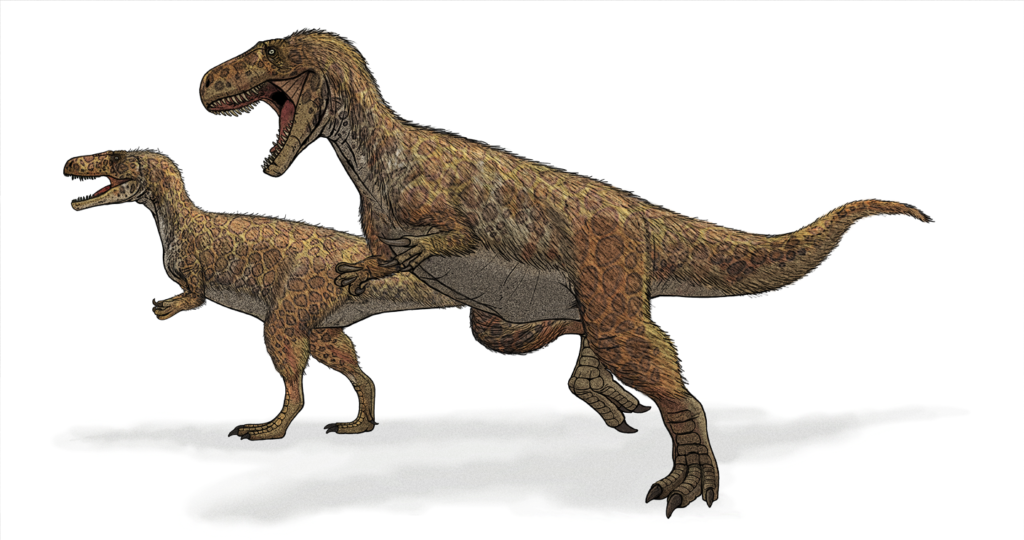
The remarkable speed capabilities of certain dinosaurs represent a fascinating chapter in evolutionary history with profound ecological implications. High-speed locomotion requires significant energy expenditure and specialized adaptations, indicating strong selective pressures favoring this trait despite its biological costs. The development of such speed in certain lineages suggests ecosystem dynamics where the advantage of rapid movement outweighed these costs. Furthermore, the evolution of dinosaur speed laid crucial groundwork for the development of avian flight, as many of the adaptations that made dinosaurs swift runners – hollow bones, efficient respiratory systems, and high metabolism – later facilitated powered flight in their bird descendants. This evolutionary continuum from fast-running dinosaurs to flying birds demonstrates how natural selection can repurpose adaptive traits for entirely new functions, highlighting the creative power of evolutionary processes across geological timescales.
While the question of whether any dinosaur could truly run 40 mph remains scientifically contested, the evidence clearly shows that certain dinosaur species possessed remarkable speed capabilities that approached or potentially matched those of today’s fastest land animals. Through continued research using increasingly sophisticated techniques, paleontologists continue to refine our understanding of these ancient creatures and their incredible adaptations. What remains certain is that speed represented a crucial evolutionary advantage in the Mesozoic world, shaping predator-prey dynamics and contributing to the spectacular diversity of dinosaur species that dominated Earth for over 165 million years. The quest to determine exactly how fast dinosaurs could run not only satisfies our curiosity about these magnificent prehistoric animals but also deepens our understanding of evolutionary biomechanics and ecological relationships throughout Earth’s history.



